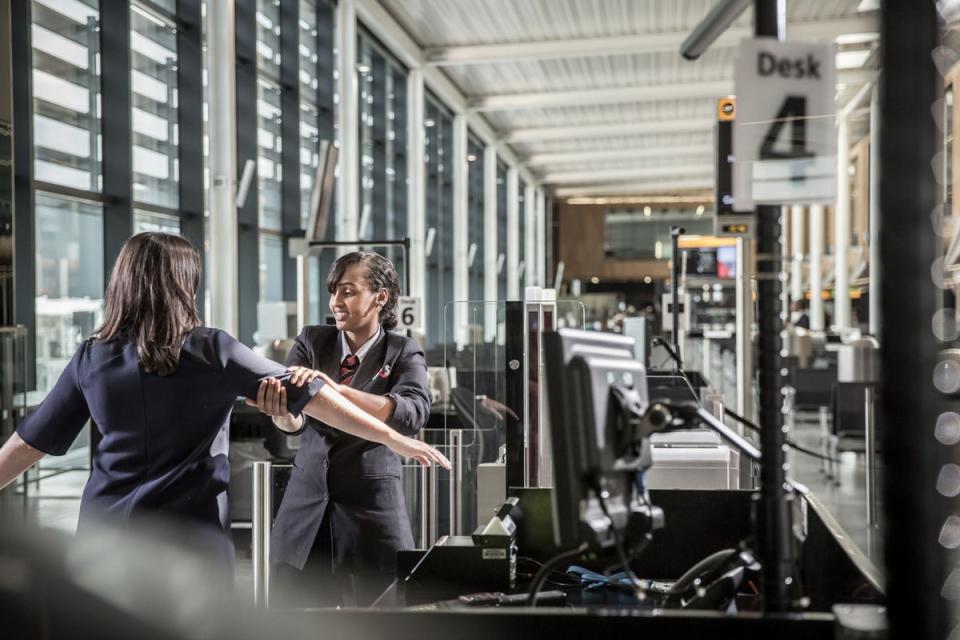What are London airports’ baggage rules? Scrapping of 100ml limit ban prolonged by scanner delays

Heathrow, Gatwick and Manchester airports are all set to miss the Department for Transport's deadline for installing advanced security cameras to end the 100ml limit on passengers carrying liquids.
London City Airport became the first to scrap the rule for baggage last April and now uses computerised tomography imaging to take 3D, high-resolution images of luggage, which staff can then study from every angle to see what’s inside.
This means travellers no longer have to remove their drinks, toiletries, and make-up items and put them in see-through plastic bags to get through security.
Other airports were set to follow but a Which? study found that the three biggest airports are still using 2D scanners for security checks and will probably miss the DfT's deadline of June 1.
Teeside has also finished its rollout while Luton Airport is set to meet the deadline, as is Southend.

What are London airports’ baggage restrictions?
Thanks to the 3D scanners, London City Airport passengers can pack up to two litres of liquids.
The high-tech scanners will be rolled out across the rest of the UK’s major airports in the coming months, with June 2024 as the proposed deadline for the overhaul to be complete.
Until then, the remaining London airports, including London Stansted, Heathrow, Gatwick and London Luton, will retain the 100ml rule, meaning passengers can only bring liquid in containers with a capacity of 100ml or less in a single, transparent, sealable plastic bag. The only exceptions are for baby food and breast milk, as well as liquid medicines with a prescription or doctor’s note confirming they are necessary.
Passengers are allowed to bring food and powders across airports unless they are flying to the United States, which limits powders like medicines, baby formula and human ashes to 350g.
The list of banned items that passengers cannot carry in their hand luggage includes:
Sharp items like razor blades
Projectile-firing weapons including toy guns
Incapacitating devices such as pepper sprays and tasers
Tools like crowbars, drills, or saws
Blunt instruments such as baseball bats
Explosive substances
Dangerous goods like poisons, corrosives, safety matches, and firelighters
Cigarette lighters
The 100ml liquid rule, which was put in place in 2006, was in response to the attempted terrorist attack at Heathrow Airport.

 Yahoo News
Yahoo News 
